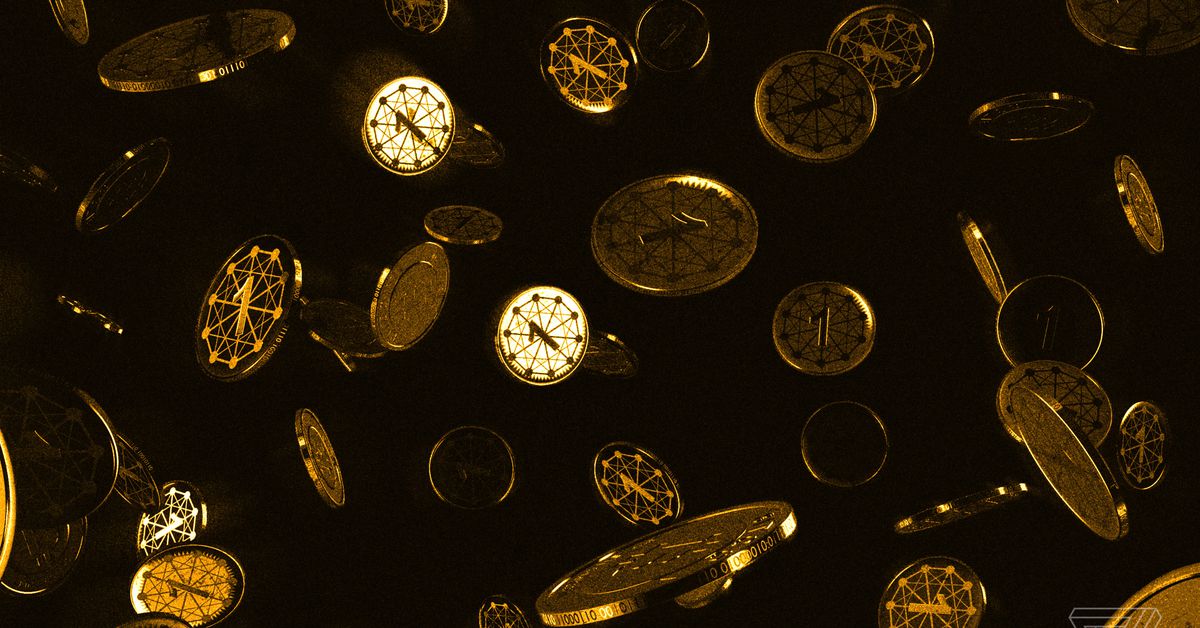
Today, NASA unveiled the first full-color image taken by the agency’s powerful James Webb Space Telescope, a pivotal moment for the deep-space observatory that marks the beginning of its first year of transformational science. The incredibly detailed image — a deep field of some of the most distant galaxies seen from Earth — showcases the mighty power of the telescope and serves as a teaser for even more awe-inspiring images of the Universe that are still to come.
The picture is one of a handful of inaugural full-color images that NASA plans to release this week to celebrate the start of science operations for the James Webb Space Telescope, or JWST. President Joe Biden and NASA administrator Bill Nelson unveiled the first picture this afternoon during a special last-minute briefing at the White House.
“Mr. President, if you held a grain of sand on the tip of your finger at arm’s length, that is the part of the Universe that you’re seeing,” Nelson said during the briefing. “Just one little speck of the Universe.”
As evidenced by today’s spectacular image, JWST promises to revolutionize astrophysics as we know it. Sporting the largest mirror that’s ever been sent into space, JWST lets us look deep into the Universe’s past by gathering light from some of the stars and galaxies that formed right after the Big Bang. And today’s image is a perfect example of what the telescope is capable of. It shows a region of the sky known as SMACS 0723 filled with massive galaxy clusters 4.6 billion light-years away, which actually bend space and time around themselves, revealing an extra deep look into the cosmos.
“When this image is shared with the world [it] will be a historic moment for science and technology, for astronomy and space exploration, for America and all of humanity,” Biden said during today’s briefing.
JWST’s tumultuous journey
The release of this photo is the culmination of a journey that’s been two and a half decades in the making for NASA and the astronomy community. Scientists have been eagerly anticipating the telescope ever since it was formally recommended by the Space Telescope Science Institute in 1996. Hailed as the more powerful successor to NASA’s Hubble Space Telescope, which has been orbiting Earth for the last 30-plus years, JWST is meant to see deeper into the cosmos and in more detail than ever before.
In order to pull off such a feat, JWST’s design is incredibly complex; its primary mirror, spanning more than 21 feet across, had to be built in 18 hexagonal segments that function like a single mirror, and the telescope had to be folded in on itself to fit on its rocket for launch. As a result, JWST’s development was besought by years of delays and setbacks, causing the project’s budget to grow to nearly $10 billion. More recently, the observatory’s name has been an additional source of controversy. It is named after James Webb, a former NASA administrator who was accused of participating in the Lavender Scare during the Truman administration. In 2021, scientists launched a petition to rename the telescope, but NASA has said it has no plans to give the observatory a new title.
After years of turmoil, JWST finally launched on Christmas Day last year, surviving its trip into space. It then underwent a two-week unfurling process, a nail-biting operation filled with hundreds of moving parts and single-point failures that could have ended the mission had they not worked as planned. But JWST survived that part, too, and for the last six months, an army of engineers and scientists has been carefully aligning the telescope’s mirror segments and calibrating its instruments to get the observatory ready to make good on all of its incredible promises at last.
“Put together, it’s a new window into the history of our universe,” Biden said ahead of the picture’s unveiling. “And today, we’re going to get a glimpse of the first light to shine through that window.”
An incredible first image
SMACS 0723 shows an area of sky with massive galaxy clusters in the foreground of the image — so massive, in fact, that they actually bend space and time around them. The result is a phenomenon known as gravitational lensing, where the warped space-time acts a bit like a magnifying glass, amplifying our view of even more distant galaxies behind the clusters. There are thousands of galaxies in this picture alone, and the light from some has traveled 13 billion years to reach the telescope’s mirror, according to Nelson.
“That light that you’re seeing on one of those little specks has been traveling for over 13 billion years,” Nelson said, referring to the tiny galaxies in the image.
SMACS 0723 has been imaged before by space telescopes, but with JWST’s power and precision, the area can be seen now in incredible detail. And while this image is in dazzling color, the hues have been manually filled in, as the original image was taken in infrared light. Unlike its predecessor, Hubble, JWST observes light in the infrared part of the spectrum — a type of light that’s invisible to the naked eye but associated with heat. That’s why JWST’s mirror segments are coated in gold: to better pick up infrared light waves. This kind of light is particularly crucial for observing the distant Universe because the light from the earliest stars and galaxies stretches as it crosses through deep space, thanks to our ever-expanding cosmos. By the time it reaches Earth, the light has stretched into the infrared part of the spectrum.
This image is actually a composite. It combines images made up of multiple wavelengths of light, which were gathered by JWST over a total of 12.5 hours. Some of the deepest images of the Universe that Hubble has ever taken have required weeks to image, according to NASA.
This pic is just a teaser. The rest of the images will be released tomorrow by NASA at 10:30AM ET during a preplanned press event. The images should include awe-inspiring pictures of nebulas, galaxies, and the breakdown of light in the atmosphere of a planet outside our Solar System.



/cdn.vox-cdn.com/uploads/chorus_asset/file/25408771/PhishSphere2024_0418_225029_0799_ALIVECOVERAGE_Enhanced_NR.jpg)

/cdn.vox-cdn.com/uploads/chorus_asset/file/9594885/jetsons.jpg)
